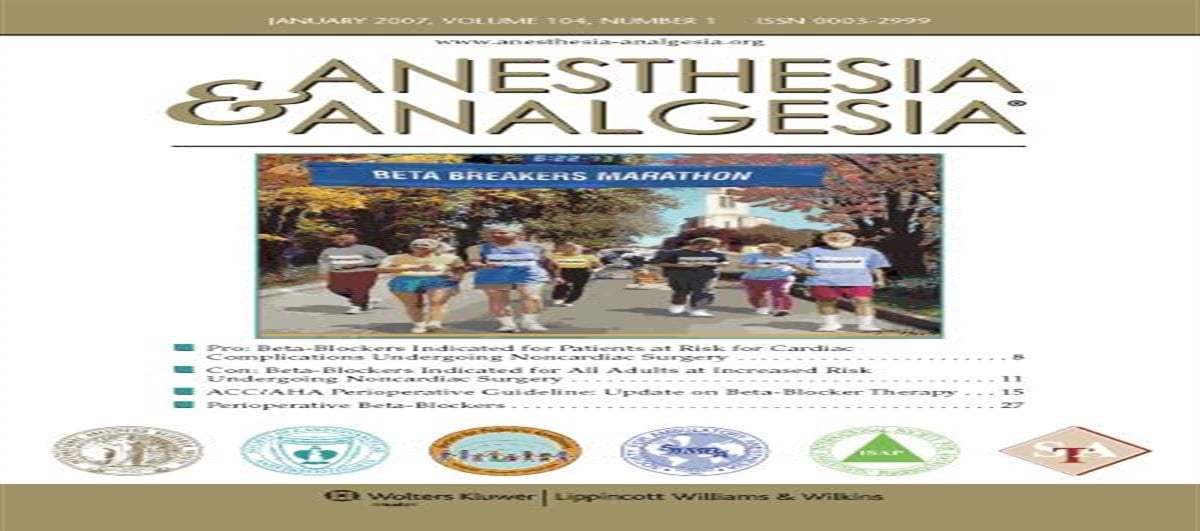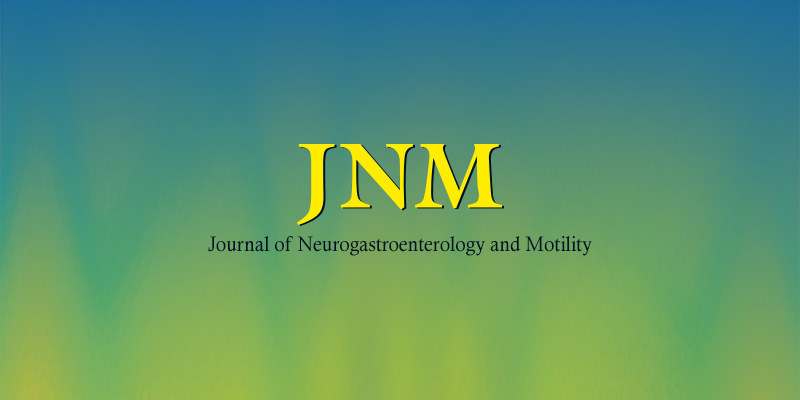ntranasal Ethyl Chloride spray to terminate Propofol induced hiccups
Eyston Vaughan-Huxley
BJA: British Journal of Anaesthesia, Volume 113, Issue eLetters Supplement, 29 December 2014,
Intranasal Ethyl Chloride spray to terminate Propofol induced hiccups
Published:
29 December 2014
One of the recognised side effects of propofol is hiccups[1], which can be particularly unfavourable due to the risk of failed supraglottic airway ventilation, disruption to the surgical or radiological field and aspiration[2]. There has been much discussion in the literature regardingthe aetiology of hiccups. It is postulated that during anaesthesia, hiccups can be caused by gastric distension, diaphragmatic manipulation orrapid expansion of oropharyngeal and upper oesophageal space, causing vagal stimulation. There does not appear to be a clear hypothesis for hiccups caused specifically by propofol.
Several techniques to alleviate hiccups have been described, including increasing depth of anaesthesia or administration of antiemetics[3], atropine, intravenous lignocaine [4] or the use of smellingsalts [5].
Our technique involves the administration of a single spray of Ethyl Chloride to each nasal cavity with a nearly 100% success rate of immediatetermination of propofol induced hiccups. Ethyl Chloride has been used previously for this purpose but the spray has been applied to the sternocleidomastoid muscles with the belief that the cooling effect of thespray inhibits phrenic nerve conduction[6]. Successful use of intranasal Ethyl Chloride spray has been described but in the context of Midazolam inthe paediatric population [7]. Authors attribute the mechanism of action in this case to be via cold nasopharyngeal stimulation. There is little inthe published literature on the use of this technique for the termination of propofol induced hiccups in adults, although online forums have some mention of similar techniques.
In our experience the use of intranasal Ethyl Chloride is a safe and effective method for cessation of hiccups. The intranasal route for administration of Ethyl Chloride was described as early as 1907 [8] and literature review does not suggest any adverse effects. Additionally, the intranasal route of administration reduces intravenous polypharmacy. We would welcome any suggestions, comments or experience of using this technique and any alternative methods for terminating hiccups in this context.
References
1. Khan K. Muscle twitching and hiccups with propofol. J Anaesthesiol Clin Pharmacol. 2011 Jul;27(3):418.
2. McVey FK, Goodman NW. Gastro-oesophageal reflux on induction of anaesthesia. Anaesthesia 1992; 48: 92???93.
3. Madanagopolan N. Metoclopramide in hiccups. Curr Med Res Opin 1975;3:371-
4. Landers C, Turner D, Makin C, Zaglul H, Brown R. Propofol associated hiccups and treatment with lidocaine. Anesth Analg. 2008 Nov;107(5):1757-8.
5. Bannon MG. Termination of hiccups occurring under anesthesia. Anesthesiology. 1991 Feb;74(2):385.
6. Dhruva B. Ethyl Chloride spray [Internet]. Bmj.com. 2014 [cited 21November 2014].
7. Marhofer P, Glaser C, Krenn CG, Grabner CM, Semsroth M. Incidence and therapy of midazolam induced hiccups in paediatric anaesthesia. Paediatr Anaesth. 1999;9(4):295-8.
8. A guide to the administration of ethyl chloride. Barton GAH. HK Lewis. 1907.



